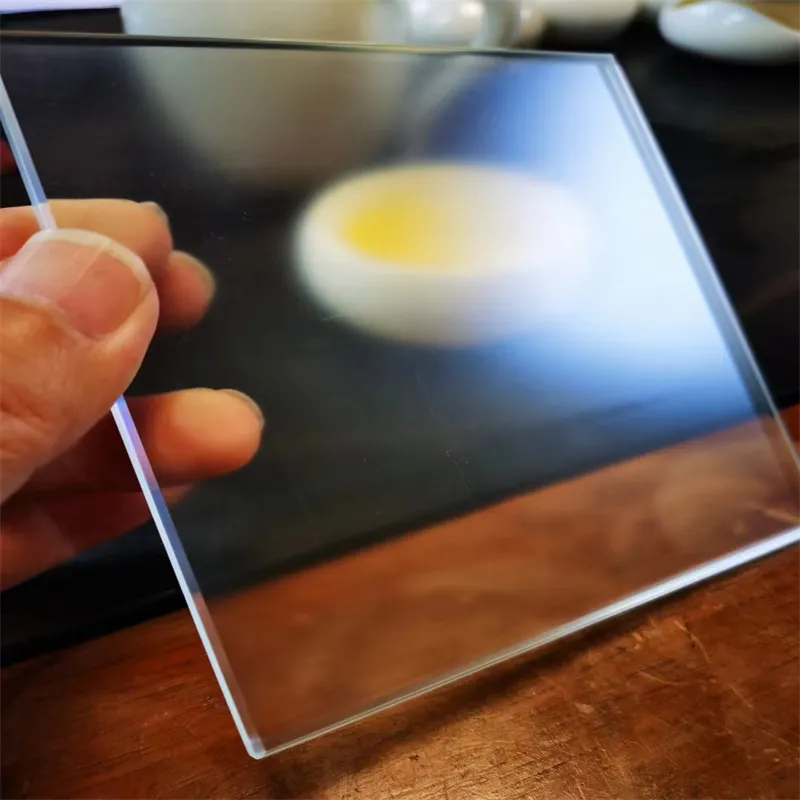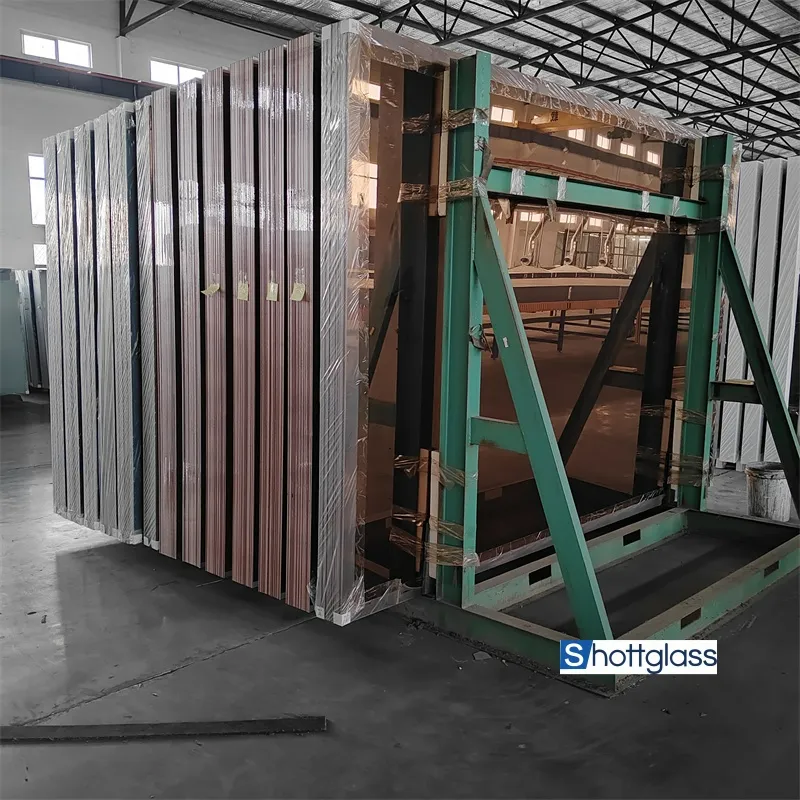Feb . 04, 2025 00:41 Back to list
what is laminated safety glass
Laminated safety glass is a marvel of modern engineering, offering a unique combination of strength and safety that has long made it the preferred choice for a variety of applications. This multi-purpose glass has a fascinating history, distinctive properties, and broad usage ranging from automotive environments to architectural projects. Our comprehensive exploration of laminated safety glass will delve into its composition, the process behind its production, and its numerous practical applications, thus illustrating why it remains an unmatched material in its field.
Moreover, laminated safety glass is increasingly being used in decorative applications for both interiors and exteriors of buildings. Its customizable nature—such as incorporation of colored interlayers, digital printing, or even photovoltaic enhancements—opens the door to stunning designs without compromising safety. When considering sustainability, laminated safety glass holds its ground by contributing to energy efficiency. Its insulating properties help regulate indoor temperatures, thereby reducing reliance on artificial climate control systems. This results in lower energy consumption and reduced carbon footprints, aligning with modern ecological standards and green building certifications such as LEED. The unparalleled benefits of laminated safety glass also touch on the aspect of security. From preventing forced entry to safeguarding against blasts, its usage in high-security environments creates a formidable barrier against various threats. Buildings such as banks, embassies, and airports have embraced this technology, relying on its strength and reliability to protect assets and lives. The market for laminated safety glass continues to grow as innovation pushes its boundaries. Advancements in materials science promise even tougher composites and smarter glass functionalities. As researchers experiment with different interlayer materials and combinations thereof, the horizon for laminated safety glass is ever-widening, with prospects of self-healing, adaptive, or even intelligent glass solutions in the not-so-distant future. In summary, laminated safety glass, with its unique blend of safety, durability, and versatility, has firmly established itself as a cornerstone product in multiple industries. Whether it's enhancing vehicle safety, advancing architectural design, or paving the way for sustainable building practices, this remarkable material continues to lead with authority and trustworthiness. As industry standards evolve and technology advances, laminated safety glass is poised to remain a pivotal player in the world of safety and innovative design.


Moreover, laminated safety glass is increasingly being used in decorative applications for both interiors and exteriors of buildings. Its customizable nature—such as incorporation of colored interlayers, digital printing, or even photovoltaic enhancements—opens the door to stunning designs without compromising safety. When considering sustainability, laminated safety glass holds its ground by contributing to energy efficiency. Its insulating properties help regulate indoor temperatures, thereby reducing reliance on artificial climate control systems. This results in lower energy consumption and reduced carbon footprints, aligning with modern ecological standards and green building certifications such as LEED. The unparalleled benefits of laminated safety glass also touch on the aspect of security. From preventing forced entry to safeguarding against blasts, its usage in high-security environments creates a formidable barrier against various threats. Buildings such as banks, embassies, and airports have embraced this technology, relying on its strength and reliability to protect assets and lives. The market for laminated safety glass continues to grow as innovation pushes its boundaries. Advancements in materials science promise even tougher composites and smarter glass functionalities. As researchers experiment with different interlayer materials and combinations thereof, the horizon for laminated safety glass is ever-widening, with prospects of self-healing, adaptive, or even intelligent glass solutions in the not-so-distant future. In summary, laminated safety glass, with its unique blend of safety, durability, and versatility, has firmly established itself as a cornerstone product in multiple industries. Whether it's enhancing vehicle safety, advancing architectural design, or paving the way for sustainable building practices, this remarkable material continues to lead with authority and trustworthiness. As industry standards evolve and technology advances, laminated safety glass is poised to remain a pivotal player in the world of safety and innovative design.
Next:
Latest news
-
Safety and Style with Premium Laminated Glass Solutions
NewsJun.24,2025
-
Reinvents Security with Premium Wired Glass
NewsJun.24,2025
-
Premium Float Glass Line for Modern Architecture
NewsJun.24,2025
-
Low Emissivity Glass for Energy-Efficient Architecture
NewsJun.24,2025
-
High-Performance Insulated Glass Solutions for Modern Architecture
NewsJun.24,2025
-
Elevates Interior Style with Premium Silver Mirror
NewsJun.24,2025
Related PRODUCTS














